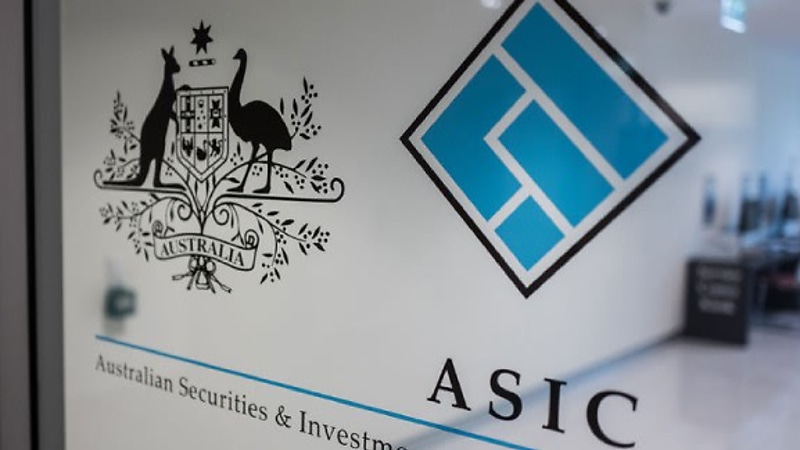ASIC announces major changes to SMSF advice guidance
The Corporate Regulator has updated its guidance on SMSF advice, revising its previous guidelines concerning minimum balances for SMSFs.
Following feedback from industry, ASIC has updated its guidance on the provision of SMSF advice with the publication of Information Sheet 274 Tips for giving self-managed superannuation fund advice (INFO 274).
This information sheet helps Australian financial services (AFS) licensees and their representatives comply with their obligations when providing personal advice about SMSFs.
INFO 274 consolidates and replaces two previous information sheets including Information Sheet 205 Advice on self-managed superannuation funds: Disclosure of risks (INFO 205) and Information Sheet 206 Advice on self-managed superannuation funds: Disclosure of costs (INFO 206).
Some of the key changes made in the information sheet include:
- Highlighting SMSF risks and the importance of seeking professional advice
- Ensuring comparisons about SMSFs and Australian Prudential Regulation Authority (APRA) regulated funds remain relevant and up to date
- Removing guidance about a minimum balance for an SMSF reflecting that balance alone is not the driving indicator of suitability as illustrated in new case studies in INFO 274
- Consolidation of existing guidance in INFO 205 and INFO 206.
ASIC stated that superannuation balance, whether high or low, while important, is only one factor when considering whether an SMSF is suitable for a client.
“Other important factors include the risks and costs associated with setting up and/or switching to an SMSF, investment strategies, diversification, liquidity, asset choice, trustee responsibility and time-commitment and the potential benefits of professional advice when deciding to set up and/or switch to an SMSF,” it stated.
ASIC has provided case studies in an attachment to INFO 274 to illustrate that an SMSF balance is only one factor a financial adviser should consider when determining whether an SMSF is suitable for their client.
ASIC said financial advisers may also consider resources available on the ATO’s website about setting up and running an SMSF when determining whether an SMSF would be suitable for their client.
The Corporate Regulator also acknowledged that there a number of factors that need to be considered when comparing the performance of SMSFs to APRA-regulated funds. For example, the considerable structural differences, investment options available and investment return calculation methodologies adopted can make it challenging to compare performance of SMSFs to APRA-regulated funds.
“Clients should understand the costs, risks and the trustee responsibilities that they would take on in setting up an SMSF and how this compares to their existing APRA-regulated fund. A financial adviser can assist clients with making an informed decision about whether an SMSF is the right retirement savings vehicle for them,” it stated.








